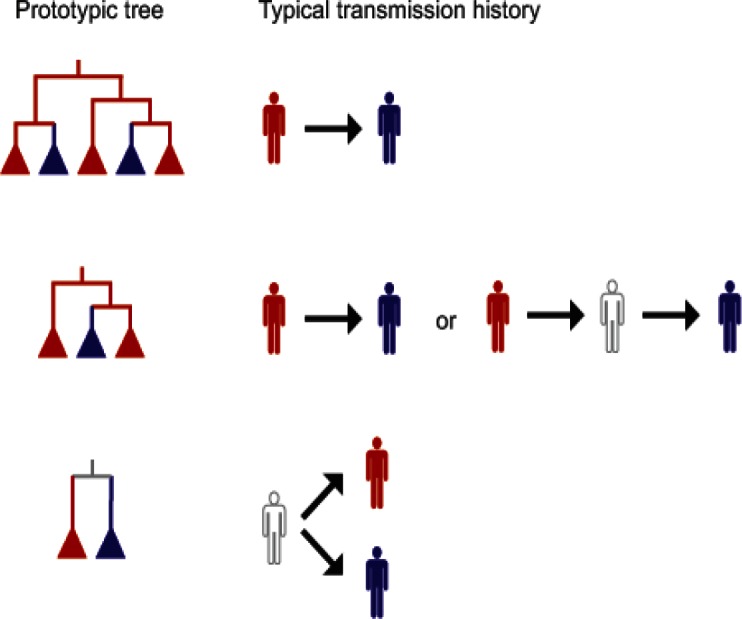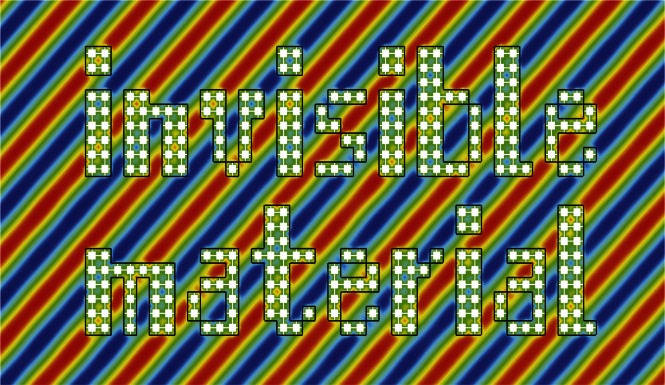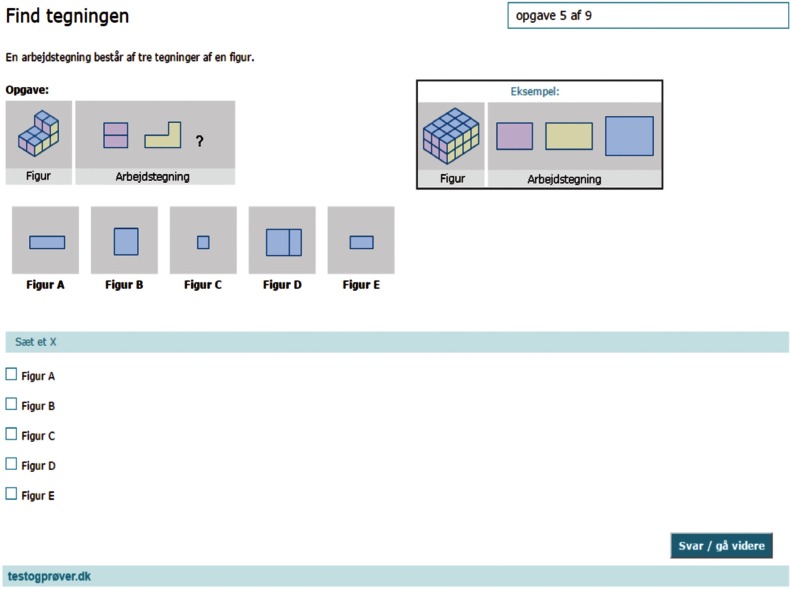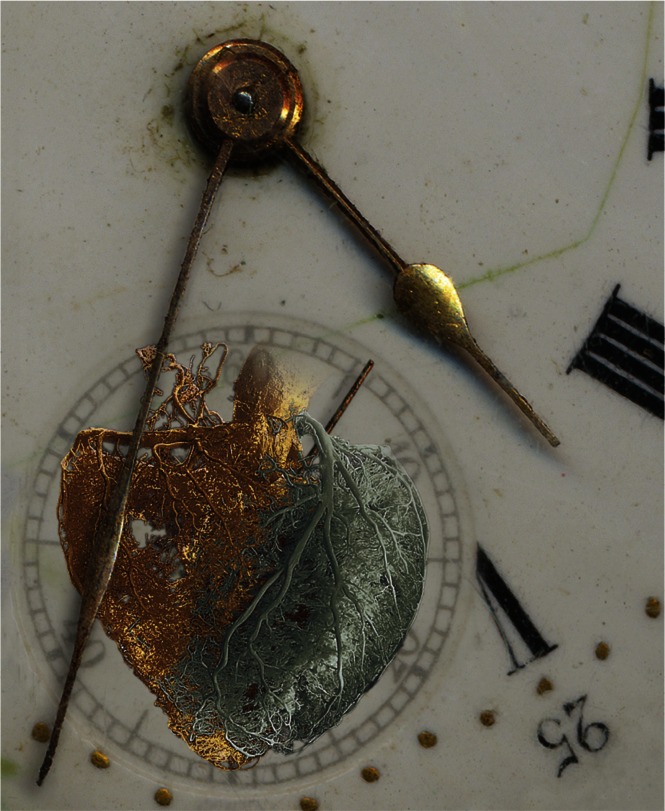Regulations that increase fishing safety
A sablefish fishing vessel heads out to sea off the coast of Half Moon Bay, California. Image courtesy of Corey Arnold (coreyfishes.com).
Commercial fishing is one of the most dangerous occupations in the United States. A common fishery management practice that restricts the length of the fishing season and the number of fishing licenses may encourage risk taking among fishing vessels by fostering derby-style fishing seasons, with fishing vessels attempting to catch the most fish in the shortest duration, even in inclement weather. Lisa Pfeiffer and Trevor Gratz (pp. 2615–2620) examined whether a fisheries management practice known as catch share management can reduce risk taking and improve safety. Catch share management allocates a specific portion of fishery quotas to individual fishing vessels, thereby lengthening fishing seasons and reducing economic incentives to rush. The authors used data on the West Coast sablefish fishery between 1994 and 2012 to examine whether catch shares can reduce the willingness of fishermen to go out to sea in poor weather. The sablefish fishery operated under a derby-style management plan from 1994–2000, and in 2001 the fishery switched to catch share management. The authors found that vessels operating under catch shares reduced their average rate of fishing on high-wind days by 79%. According to the authors, changing economic incentives through fisheries management can help reduce commercial fishing risks. — B.A.
Invisible metallic mesh
Electromagnetic wave passes through invisible material.
A solid material that neither reflects nor refracts light would be invisible. Although no such material exists in nature, synthetic metamaterials possess electromagnetic properties that can be altered by modifying their structures. Dexin Ye et al. (pp. 2568–2572) designed a metamaterial that is invisible to microwaves. The authors solved the structure of a thin corrugated wire consisting of a repeating array of two alternating cylinders with different heights and radii and whose two resonances destructively interfere with one another to create a scattering dark state. By varying the heights of the cylinders, the authors could align the nodal frequencies of the first- and second-order scattering coefficients, reducing total light scattering by 5 orders of magnitude when the electric field was parallel to the wire. The authors then fabricated a 2D mesh of copper wire made of alternating cubes with the previously derived heights and widths, and embedded the wire in polysulfone, a low-loss dielectric, to make a solid slab. When the slab was placed between two antennae, it was invisible to a signal around the frequency of 10.4 GHz in the range employed by radio astronomy and satellite communications. Although the material is invisible, it does not cloak other objects and could therefore be used to construct optimized antenna radomes, according to the authors. — C.B.
Time of day affects standardized test scores
Demo test for mathematics, grade 3 from The National Tests. Image courtesy of Danish Ministry for Children, Education and Gender Equality (Copenhagen, Denmark).
Despite efforts to develop standardized tests that measure student achievement as objectively as possible, previous studies have suggested potential sources of bias in standardized tests. Hans Henrik Sievertsen et al. (pp. 2621–2624) report that the time of day when a standardized test is taken can affect scores, a phenomenon that the authors ascribe to cognitive fatigue. The authors studied test results from students ages 8–15 years in the Danish public school system during 2010–2013, a dataset representing around two million tests. Controlling for factors such as gender, parental income, and day of the week, the authors developed a model to determine whether the time of day has an effect on scores. The authors found that for each hour later in the day when the test was administered, the scores decreased by 0.9% of a standard deviation. The effect was more pronounced in students with lower overall scores than others. Testing immediately following a 20–30 minute break, however, increased scores by 1.7% of a standard deviation. The authors suggest that cognitive fatigue is responsible for the decreased performance as the day progresses and that strategically timed breaks might ameliorate the deleterious effect on scores. According to the authors, the findings do not support administering tests only in the morning, but instead suggest that breaks might be critical in mitigating external factors. — T.H.D.
Circadian misalignment and heart disease predictors
Circadian misalignment increases heart disease risk. Image courtesy of Henk Stoffels and Frank A. J. L. Scheer.
Shift work is associated with increased blood pressure and inflammation, which can lead to cardiovascular disease. Because shift work results in inversion of sleep/wake cycles and circadian clock misalignments, Christopher Morris et al. (pp. E1402–E1411) measured blood pressure, inflammatory markers, and indicators of autonomic nervous system activity in healthy participants during controlled sleep studies. The authors monitored 14 adult volunteers for two experimental periods of 8 days each. During one of the 8-day periods, the volunteers, who were given a controlled diet, maintained normal sleep patterns. During the other test period, the volunteers maintained normal sleep patterns for the first three nights and were then shifted to 11:00 AM–7:00 PM sleep periods. During these periods of circadian misalignment, inflammatory marker levels rose and blood pressure increased, especially during sleep. Both effects are known to be strong predictors of cardiovascular disease. According to the authors, despite the small size and short duration of the study, the results merit further investigation to identify countermeasures, such as dietary changes or timing of exercise, for the adverse effects of circadian misalignment on cardiovascular health. — T.H.D.
Comparing human and computer vision
Computational models of visual recognition have greatly improved, but whether the models use the same visual features and learning processes as the human brain to recognize objects remains unclear. To compare how humans and computers identify objects, Shimon Ullman et al. (pp. 2744–2749) used minimal recognizable images, which are patches of an image that are recognizable on their own, but which become unrecognizable if reduced further in size or resolution. The authors asked around 14,000 Amazon Mechanical Turk participants to view 3,553 image patches and found that a small change in a minimal recognizable image could have a major effect on recognition. Humans were better than current computational models at recognizing minimal images, and the models were worse at recognizing the minimal images compared with complete objects. Unlike in humans, small details did not have large effects on recognition in the models, which were also unable to recognize components of the minimal recognizable images. The results suggest that the human visual recognition system uses features and processes not used by current computational models, and that these features may play a key role in recognizing objects and their components. The study advances understanding of visual recognition, and the results could help improve computational models of vision, according to the authors. — S.R.
Phylogenetic reconstruction of disease transmission

Typical phylogeny expected from direct transmission, indirect transmission, and transmission from a common source.
Phylogenetic trees, which provide information about evolutionary relationships, can aid epidemiological analyses of disease transmission. Ethan Romero-Severson et al. (pp. 2690–2695) used an HIV-1 model to systematically evaluate the phylogenies associated with different transmission histories. Transmission can occur directly from one person to another, indirectly through at least one intermediate, or via a common source. The authors found that transmission histories predict phylogenetic relationships, which can be used to identify the direction of transmission, whether transmission was direct or indirect, and whether a common source was likely. The authors found that 20 or more genetic sequences per individual typically provided robust results, but the probability of successfully reconstructing the transmission direction was greatly reduced when only a few sampled clones were available or if the donor was infected only for a short time. The authors analyzed three real transmission histories and confirmed that these histories supported the theoretical evaluations. The study demonstrates how phylogenies can be used to reconstruct transmission events. According to the authors, the method could improve interpretation of phylogenetic results for a range of organisms. — S.R.






